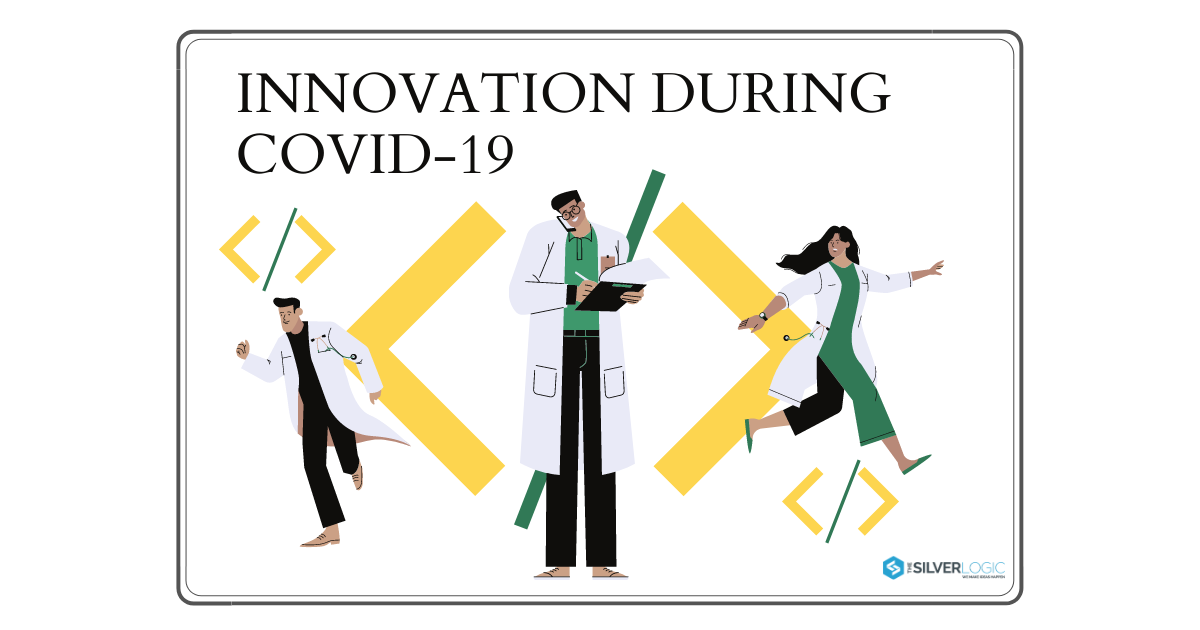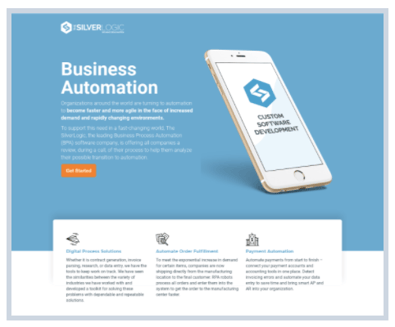Innovation during COVID-19

This crisis is inspiring technology for the better, so be ready to embrace it. Manufacturers, doctors, and entrepreneurs have proven over the years that when faced with challenges, ingenuity can yield innovative results. The current crisis is no exception.
The coronavirus pandemic has pushed the world into uncharted territory and, in some industries, that's leading to an automation boom. One thing is clear: Automation trends that were already on the horizon will happen faster now.
"Crisis can be sort of a catalyst or can speed up changes that are on the way — it almost can serve as an accelerant," said Arun Sundararajan, an NYU Stern School of Business professor researching how digital technologies transform society. He believes a new tech paradigm will emerge after the pandemic recedes.
CEOs probably have already wondered: How can automation help me reopen my stores? How can we keep producing with social distancing in place? Here is how.
Business Automation
Organizations around the world are turning to automation to become faster and more agile in the face of increased demand and rapidly changing environments. From managing high volumes of testing results to supporting the increased need in call centers to preparing and enabling a remote workforce, organizations are realizing the benefits of automating right now.
Automation is offering relief to overwhelmed organizations and is already being used by TSL customers to automate processes such as:
- Gaining insights from existing data: You can't optimize what you don't measure. There is not a one-size-fits-all solution. Integrating data sources leads to better and faster business decisions. Mining through and connecting all your sources will enhance your customer understanding and can deliver great insights.
- Filling orders for necessities faster: To meet the exponential increase in demand for certain items, one client is now shipping directly from the manufacturing location to the customer. RPA robots process all orders and enter them into SAP to get the order to the manufacturing center faster.
- Supporting the increased need in call centers: Agents supported by RPA are pulling customer data faster, ensuring a faster call triage process, faster routing to the appropriate agents, and reduced average call handling time.
- Preparing and enabling a remote workforce: Automating the process of registering new equipment for remote workers, as well as associating the equipment to the worker and creating new users for the VPN.
If you have an idea that TSL should tackle, or if your organization is facing challenges during these extraordinary times, please contact us.
SMS Automation
As a business owner during these times, you have seen how downtime in your booking calendar has become the leading cause of lost potential clients in your business. Getting new leads is harder than ever before, so how can we reach and retain clients?
We know that maintaining a waitlist and following up with potential clients is a major headache. Automatically sending an SMS to customers who would prefer an earlier appointment, if available, fills up your calendar and reduces dead time.
If you’re interested in exploring this solution, schedule a call to find out more.
IoT
Technologies like IoT have been gaining popularity with the daily increase in cases of COVID-19. IoT devices with HVAC systems help detect and clean pollution and particulates in indoor air.
There are three technology drivers behind IoT/HVAC technology for building air quality:
- Off-the-shelf and relatively inexpensive IoT sensors that are evenly distributed throughout buildings can monitor and report the air quality in the local areas they are deployed in.
- A cloud-based AI system that assesses the data it receives from sensors and determines to build air quality.
- The ability to integrate this cloud-based software with HVAC systems so they can be automatically activated or deactivated, based on internal air conditions.
Although this is not the most common IoT example, this pandemic has added clarity on how to help healthcare industry workers stay safer while performing their jobs. Studies have found evidence of COVID-19 in the air, and on hospital surfaces that could be eradicated by having such technology sensors in their HVAC systems.
Prior to this pandemic, the benefits of working remotely were clear, as was the need for industries to set aside revenue to finance innovation. Business automation, SMS automation, and IoT technologies will likely accelerate now and COVID-19 could be the driver of their innovation to survive and adapt to this new normal.

